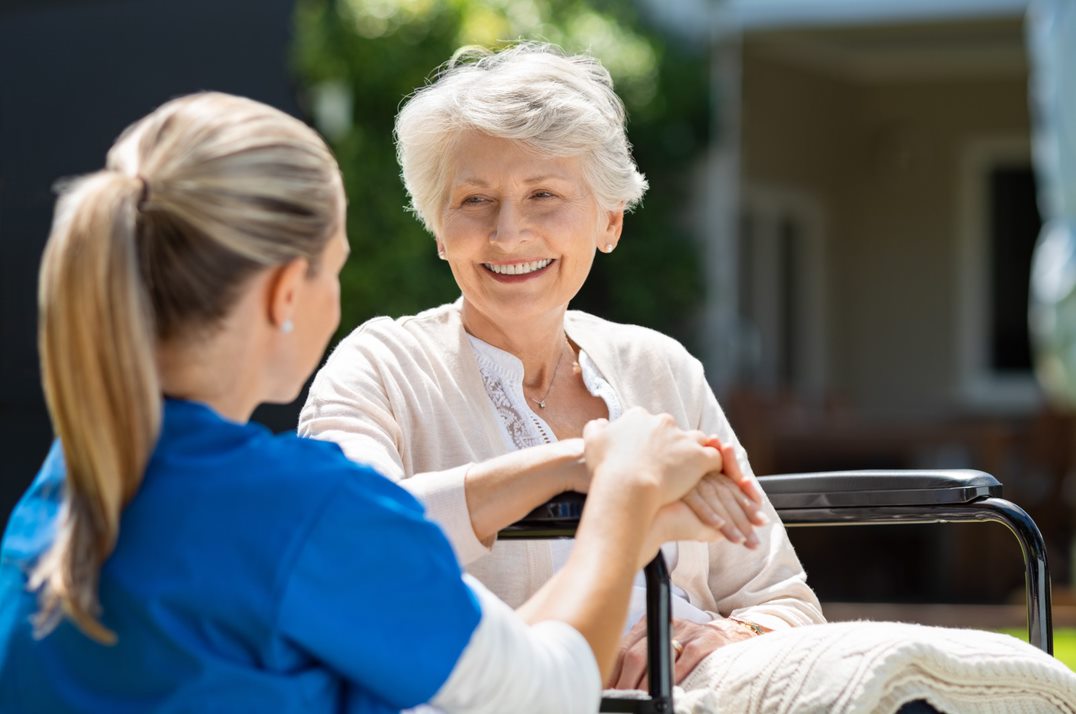Rumored Buzz on Dementia Fall Risk
Wiki Article
Fascination About Dementia Fall Risk
Table of ContentsDementia Fall Risk for DummiesLittle Known Facts About Dementia Fall Risk.The Best Guide To Dementia Fall RiskThe 3-Minute Rule for Dementia Fall RiskThe Facts About Dementia Fall Risk Revealed
In the neighborhood, poor road lighting or unsafe creeks and garbage dumps may additionally trigger accidents. Falls Threat Evaluation Tool (FRAT) is a 4-item falls-risk testing device for sub-acute and domestic treatment. The FRAT has three sections: drop risk standing, danger element list, and activity strategy. A Fall Threat Status consists of data about history of current falls, medications, mental and cognitive condition of the patient.If the patient ratings on a risk variable, the equivalent number of points are counted to the person's autumn threat score in the box to the much right. If a person's autumn risk score totals 5 or greater, the individual goes to high threat for drops. If the client ratings only four points or lower, they are still at some danger of dropping, and the nurse must utilize their ideal clinical evaluation to handle all loss threat factors as component of a holistic treatment plan.
These typical techniques, in general, help develop a secure environment that lowers unintended drops and defines core preventative procedures for all people. Signs are vital for clients at threat for falls.
Not known Facts About Dementia Fall Risk
Wristbands must include the patient's last and first name, date of birth, and NHS number in the UK. Just red color should be used to signify special individual status.
Products that are too far might call for the individual to get to out or ambulate needlessly and can possibly be a danger or add to falls. Aids prevent the patient from heading out of bed without any kind of help. Nurses react to fallers' telephone call lights faster than they do to lights launched by non-fallers.
Aesthetic problems can substantially cause drops. Hip pads, when put on properly, might reduce a hip crack when fall happens. Maintaining the beds closer to the flooring lowers the danger of drops and major injury. Putting the bed mattress on the flooring significantly minimizes loss risk in some healthcare settings. Reduced beds are created to lessen the distance an individual drops after moving out of bed.
The 15-Second Trick For Dementia Fall Risk
Clients who are tall and with weak leg muscles that attempt to remain on the bed from a standing placement are most likely to fall onto the bed because it's also reduced for them to decrease themselves safely. If a high person attempts to get up from a low bed without aid, the individual is likely to fall back down onto the bed or miss out on the bed and drop onto the floor.They're made to promote prompt rescue, not to stop falls from bed. Audible alarm systems can likewise remind the person have a peek at this site not to rise alone. Using alarms can also be an alternative for physical restrictions. In addition to bed alarm systems, increased supervision for risky patients likewise might help prevent drops.

Clients with an evasion stride boost fall opportunities considerably. To decrease fall danger, shoes must be with a little to no heel, thin soles with slip-resistant step, and support the ankle joints.
Dementia Fall Risk Things To Know Before You Get This
In a study, homes with appropriate lights report fewer falls (Ramulu et al., 2021). discover here Enhancement in illumination at home may decrease fall rates in older adults.
Sitters work for ensuring a safe and secure, safeguarded, and safe setting. Research studies demonstrated extremely low-certainty proof that sitters lower autumn risk in severe care healthcare facilities and only moderate-certainty that choices like video surveillance can minimize sitter use without increasing autumn threat, recommending that caretakers are not as valuable as initially thought (Greely et al., 2020).
Getting The Dementia Fall Risk To Work

Increased physical conditioning reduces the risk for falls and limits injury that is sustained when loss takes place. Land and water-based exercise programs may be in a similar way advantageous on balance and stride and therefore reduce the danger for drops. Water workout might contribute a positive benefit on balance and gait for females 65 years and older.
Chair Surge Workout is a basic sit-to-stand exercise that helps strengthen the muscular tissues in the upper legs and butts and boosts flexibility and freedom. The objective is to do Chair Increase exercises without using hands as the client becomes stronger. See resources area for a comprehensive guideline on just how to execute Chair Surge workout.
Report this wiki page